Global and cell type-specific immunological hallmarks of severe dengue progression identified via a systems immunology approach
- PMID: 37872316
- PMCID: PMC10863980
- DOI: 10.1038/s41590-023-01654-3
Global and cell type-specific immunological hallmarks of severe dengue progression identified via a systems immunology approach
Abstract
Severe dengue (SD) is a major cause of morbidity and mortality. To define dengue virus (DENV) target cells and immunological hallmarks of SD progression in children's blood, we integrated two single-cell approaches capturing cellular and viral elements: virus-inclusive single-cell RNA sequencing (viscRNA-Seq 2) and targeted proteomics with secretome analysis and functional assays. Beyond myeloid cells, in natural infection, B cells harbor replicating DENV capable of infecting permissive cells. Alterations in cell type abundance, gene and protein expression and secretion as well as cell-cell communications point towards increased immune cell migration and inflammation in SD progressors. Concurrently, antigen-presenting cells from SD progressors demonstrate intact uptake yet impaired interferon response and antigen processing and presentation signatures, which are partly modulated by DENV. Increased activation, regulation and exhaustion of effector responses and expansion of HLA-DR-expressing adaptive-like NK cells also characterize SD progressors. These findings reveal DENV target cells in human blood and provide insight into SD pathogenesis beyond antibody-mediated enhancement.
© 2023. The Author(s), under exclusive licence to Springer Nature America, Inc.
Figures

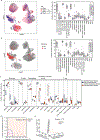

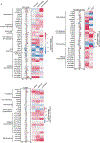


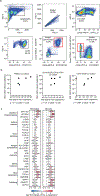
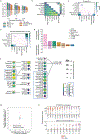

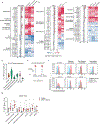


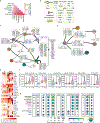

References
-
- Khursheed M et al. A comparison of WHO guidelines issued in 1997 and 2009 for dengue fever - single centre experience. JPMA. The Journal of the Pakistan Medical Association 63, 670–674 (2013). - PubMed
-
- WHO Guidelines Approved by the Guidelines Review Committee. Dengue: Guidelines for Diagnosis, Treatment, Prevention and Control: New Edition. World Health Organization Copyright © 2009, World Health Organization.: Geneva, 2009.
Methods-only references
-
- pandas-dev/pandas: Pandas 1.4.1. Zenodo; 2022.
MeSH terms
Grants and funding
LinkOut - more resources
Full Text Sources
Medical
Molecular Biology Databases
Research Materials

